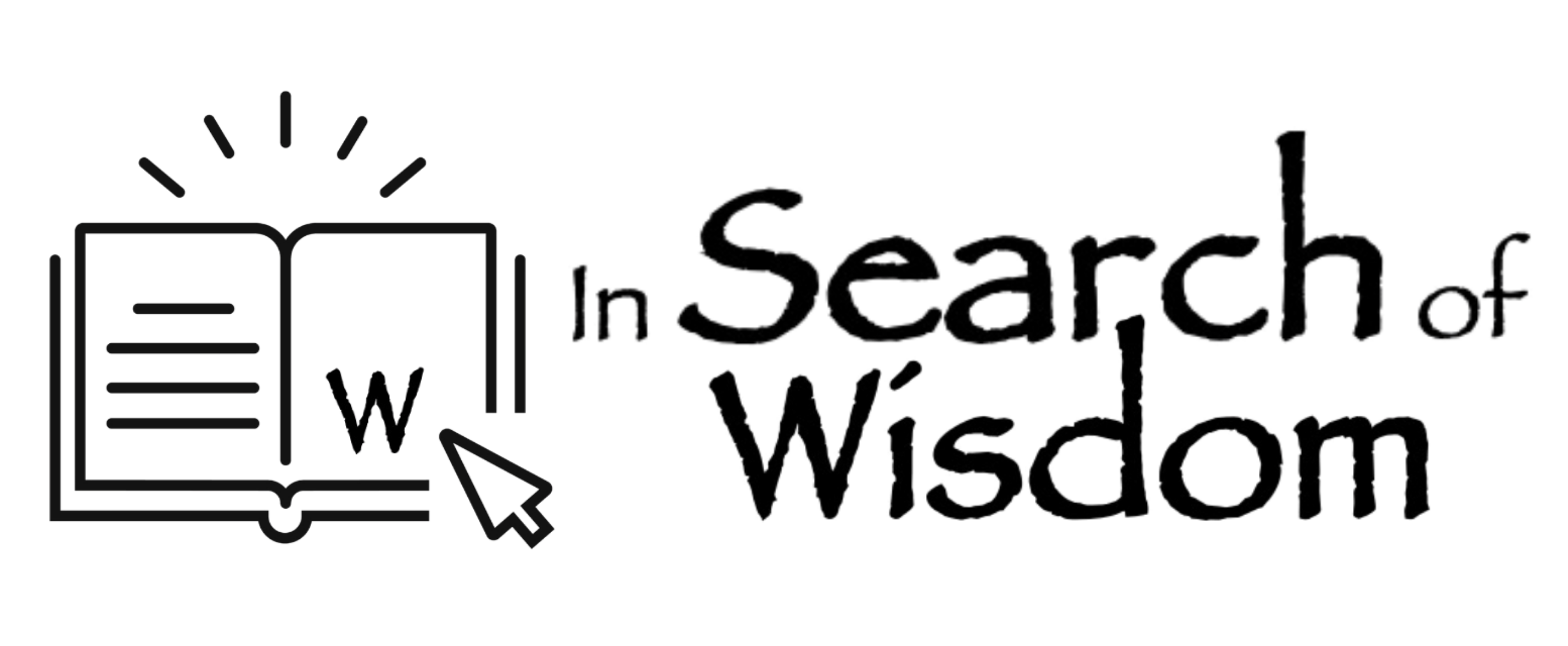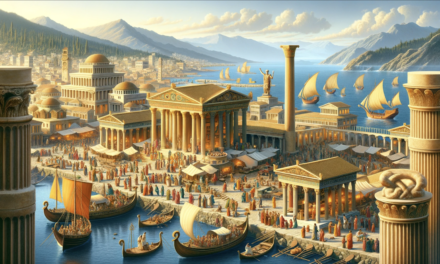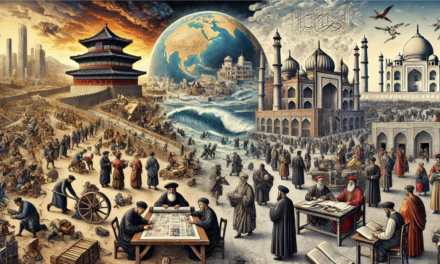Some implications for the theory and practice of managing projects.
Introduction
Understanding human nature has always fascinated thinkers across various fields, from philosophy to psychology to anthropology. Recently, I found an intriguing connection between these insights and the theories presented by Harvey Whitehouse in his book “Inheritance.” Whitehouse identifies fundamental human drives—conformance, religiosity, and tribalism—as key factors in the evolution of complex societies. In this blog post, I want to explore how we can understand human nature and organizational behaviour through the lens of complexity science and cultural evolution, incorporating the idea of autopoiesis as a ‘strange loop’ to deepen our understanding.
Complexity Science: The Bigger Picture
Complexity science is an interdisciplinary field that studies how relationships between parts give rise to a system’s collective behaviours and how the system interacts with its environment. Key concepts in complexity science include emergence, self-organization, nonlinearity, and adaptation.
These principles are particularly relevant when examining human nature. Humans are part of complex systems, whether biological, psychological, or social. Our interactions and behaviours are not isolated events but are interconnected and influenced by a multitude of factors. By applying complexity science, we can better understand the dynamic and adaptive nature of human systems.
Harvey Whitehouse’s “Inheritance” and Fundamental Human Drives
In his groundbreaking new book “Inheritance,” Harvey Whitehouse identifies three fundamental human drives: conformance, religiosity, and tribalism. These drives have played a crucial role in the development of increasingly complex societies. Conformance refers to the tendency of individuals to align their behaviours and beliefs with those of the group, which facilitates social cohesion and cooperation. Religiosity encompasses the human inclination towards spiritual beliefs and practices, which provide a sense of meaning and community. Tribalism involves the formation of strong in-group identities, which can foster solidarity but also lead to conflict with out-groups.
Whitehouse argues that these drives have been instrumental in the evolution of human societies but have also contributed to the present dysfunctional world order. By understanding these drives through the lens of complexity science, we can see how they function as self-sustaining processes within human systems. Conformance, religiosity, and tribalism help maintain social structures and cultural identities but can also lead to rigidity and conflict when they become maladaptive.
What is Autopoiesis?
Autopoiesis is a concept from biology that describes the self-maintaining and self-producing nature of living systems. Coined by biologists Humberto Maturana and Francisco Varela, autopoiesis refers to the processes by which an organism continuously regenerates and sustains itself. These processes involve a network of components and interactions that produce the very conditions for the organism’s existence.
In simple terms, autopoiesis explains how living beings, from single cells to complex organisms, maintain their integrity and identity over time. This concept can be extended to understand human nature by viewing our behaviours, motivations, and social structures as part of a self-organizing and self-sustaining system.
Rethinking Autopoiesis: Stacey’s Critique and Ezequiel Di Paolo’s Insights
Ralph Stacey, in his book “Complex Responsive Processes in Organizations,” offers a critique of using autopoiesis to understand organizations. Stacey highlights two primary weaknesses:
- Focus on the Individual: Stacey argues that autopoiesis focuses on the self-maintenance of the individual organism, not the web of relationships. This perpetuates the Greek philosophical dualism between the group and the individual, failing to capture the collective dynamics and interactions that define organizational life.
- Limited Scope of Emergence and Novelty: According to Stacey, autopoiesis is primarily concerned with the processes of self-maintenance and does not adequately account for the emergence of novelty and adaptability. Organizations and societies are not just self-maintaining; they are also adaptive and innovative, constantly evolving through the interactions of their members.
Di Paolo’s Perspective
In his paper “Autopoiesis, adaptivity, teleology, agency”, Eziquiel Di Paolo emphasizes that while autopoiesis provides a useful framework for understanding the self-maintaining aspects of living systems, it does not fully capture the dynamic and emergent properties of complex social systems. Human societies and organizations generate new forms of behaviour and organization through the interplay of their components, which is not fully explained by autopoiesis alone.
Autopoiesis as a Strange Loop
Evan Thompson, in his book “Mind in Life,” describes autopoiesis as a system where every molecular reaction in the system is generated by the very same system that those molecular reactions produce. This recursive process can be understood as a ‘strange loop,’ a concept introduced by Douglas Hofstadter. A strange loop refers to a system where, by moving through the levels of the system’s hierarchy, one eventually returns to the starting point. This recursive structure highlights:
- Self-Generation: Every molecular reaction in an autopoietic system is generated by the system itself, and these reactions produce and maintain the system’s structure.
- Interdependence and Recursion: The system’s components are interdependent, and the recursive interactions contribute to the system’s stability and adaptability.
- Emergent Complexity: The strange loop captures the emergent complexity of living systems, where new properties arise from the self-sustaining and self-generating processes.
Integrating Complexity Science with Stacey’s and Di Paolo’s Insights
To address these critiques and incorporate the idea of strange loops, we can integrate the principles of complexity science, which emphasize relationships, interactions, and emergence, with our understanding of human nature and organizational behaviour:
- Emphasizing Relationships and Interactions: Human societies and organizations are defined by the complex web of relationships and interactions among individuals. By focusing on these dynamics, we move beyond the individual-centric view of autopoiesis and appreciate the collective processes that drive social and organizational life.
- Recognizing Emergence and Adaptability: Organizations and societies are dynamic systems that continuously adapt and evolve. By embracing the concepts of emergence and adaptability from complexity science, we can better understand how innovation and change occur within these systems.
- Incorporating Strange Loops: Viewing autopoiesis as a strange loop helps us appreciate the recursive nature of self-generating systems, highlighting the interdependence and emergent complexity that characterize living systems and organizations.
Practical Implications for Project Management
- Acknowledge Interdependence: Projects are composed of interdependent parts and processes. Recognizing this interconnectedness helps managers understand how changes in one area can impact the entire project. This awareness fosters better planning and more effective response strategies.
- Promote Adaptability: Successful project management requires adaptability. Encourage iterative processes, regular reassessment, and flexibility. This approach allows teams to respond to new information and adjust plans as necessary, ensuring that projects remain on track despite inevitable changes and challenges.
- Value Team Members: Treating team members as individuals with valuable skills and perspectives is crucial. Recognize and leverage their unique contributions to foster a sense of ownership and commitment. A motivated, engaged team is more likely to deliver high-quality results.
- Foster Emergence: Create an environment that encourages experimentation and collaboration. Allowing team members to share ideas and explore new solutions can lead to emergent innovations that drive project success. Celebrate successes and view failures as learning opportunities.
Conclusion
While autopoiesis offers valuable insights into the self-maintaining nature of living systems, it has limitations when applied to the dynamic and relational context of human organizations. By integrating the principles of complexity science, addressing Stacey’s and Di Paolo’s critiques, and incorporating the concept of strange loops, we can develop a more comprehensive understanding of human nature and organizational behaviour. This approach not only enhances our theoretical understanding but also offers practical strategies for managing complex projects and fostering innovation and adaptability in organizations.
Terry Cooke-Davies
19th July 2024
Addendum: Reflecting on Origins and Strange Loops
As I continue to reflect on the concepts of autopoiesis and complexity science, a fascinating connection emerges when considering the origins of self-sustaining systems. Autopoiesis, the self-maintaining and self-producing nature of living systems, requires an initial creation event. This resonates with Stephen Hawking’s work in quantum cosmology, which addresses the origins of the universe through concepts like the no-boundary proposal.
Hawking’s model suggests a universe that is finite but without boundaries, encapsulating a self-contained system much like a strange loop. This recursive structure, where the universe maintains and regenerates itself, parallels the strange loop properties of autopoietic systems. Both frameworks highlight the interconnected, self-referential nature of complex systems.
By linking these ideas, we gain deeper insights into the nature of origins, whether of living organisms or the universe itself, and appreciate the dynamic, emergent complexity that characterizes both biological and cosmological phenomena.
Terry Cooke-Davies
24th July 2024
Thanks to the AI assistance provided by Perplexity and by ChatGPT (4o) from OpenAI for help in structuring and writing this article, and to DALL-E from OpenAI for creating the featured image.







I have recently commiserated with someone undertaking Prince2 training. And when I read your practical implications section in this piece on what we learn from complexity science, it makes me wonder. Specifically I wonder if leadership of projects is fundamentally about treating project plans as foundations, not blueprints; where improvising wisely, partnering intelligently and treating colleagues decently depend on strengthening reliance on our human skills and personal values. As an international project evaluator and a planning facilitator for over 30 years (and briefly meeting you more than once, Terry) I am increasingly focused on how project and programme professionals can grow their effectiveness by attending to their facilitation skills. “Facilitation” means to make things easy, which includes how to influence teams of teams, how to influence conversations to generate and evaluate and activate ideas. These skills sustain projects.
What you say about facilitation and its role in project leadership resonates very strongly with me, and take me right back to the point where I started my project management consulting practice in 1986. I was trained by Synectics and Coverdale as a facilitator of meetings and group discussions, and it dawned on me that leading projects was simply facilitating a whole series of interactions between team members and within groups. I wholeheartedly endorse your point.